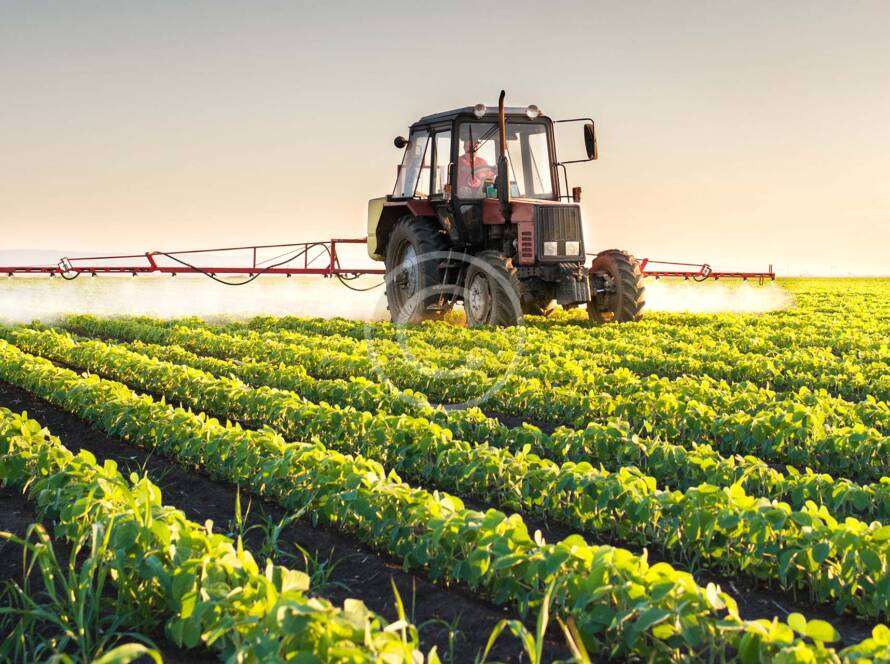Tracking farming costs is crucial for effective farm management and financial planning. Here’s a guide on how farmers can track their costs efficiently:
1. Identify and Categorize Expenses
-
Direct Costs: Expenses directly related to production, such as seeds, fertilizers, pesticides, fuel, irrigation water, and labor for planting, harvesting, and fieldwork.
-
Indirect Costs: Overhead expenses not directly tied to specific crops or livestock, including equipment maintenance, utilities, insurance, property taxes, and administrative costs.
2. Record Keeping Systems
-
Digital Tools: Use farm management software or spreadsheets to record expenses electronically. This allows for easier data entry, analysis, and reporting.
-
Paper Records: Maintain physical receipts and invoices organized by categories. These records serve as backups and may be required for audits or tax purposes.
3. Expense Categories
-
Variable Costs: Costs that vary with production levels, such as inputs (seeds, fertilizers), fuel, and labor for seasonal tasks.
-
Fixed Costs: Regular expenses that remain relatively stable regardless of production levels, including equipment depreciation, insurance, and property taxes.
4. Monitoring and Analysis
-
Regular Updates: Record expenses promptly to maintain accurate financial records. Update records weekly or monthly to track ongoing expenditures.
-
Comparison and Analysis: Compare actual costs against budgeted amounts or historical data to identify variances and adjust spending as needed. This analysis helps in identifying cost-saving opportunities and optimizing resource allocation.
5. Labor and Equipment Costs
-
Labor: Track labor costs by task or project. Record hours worked and wage rates to calculate total labor expenses accurately.
-
Equipment Use: Document equipment usage and maintenance costs. Include depreciation and repair expenses to assess the true cost of machinery operations.
6. Seasonal Adjustments
-
Seasonal Variability: Recognize seasonal fluctuations in expenses related to planting, harvesting, and crop maintenance. Anticipate higher costs during peak production periods and plan cash flow accordingly.
-
Crop-Specific Costs: Differentiate costs associated with various crops or livestock enterprises. This differentiation helps in evaluating profitability and making informed crop rotation decisions.
7. Financial Reporting and Planning
-
Budget Development: Use historical cost data to create annual budgets and financial forecasts. Budgets guide spending decisions and help in estimating profitability for upcoming seasons.
-
Profitability Analysis: Calculate per-unit production costs (e.g., cost per acre, cost per bushel) to evaluate the profitability of different crops or livestock enterprises. This analysis informs pricing strategies and investment decisions.
8. Risk Management and Compliance
-
Insurance and Risk Mitigation: Include insurance premiums and risk management expenses in cost tracking. This ensures comprehensive financial planning and compliance with regulatory requirements.
-
Tax Preparation: Maintain accurate expense records for tax reporting purposes. Consult with tax advisors to maximize deductions and credits available to agricultural businesses.
Conclusion
Tracking farming costs systematically allows farmers to make informed decisions, optimize resource use, and enhance profitability. Whether using digital tools or traditional methods, consistent record-keeping and periodic analysis are essential for effective financial management in agriculture. By monitoring expenses across different categories and seasons, farmers can identify trends, manage risks, and improve overall farm financial health.


